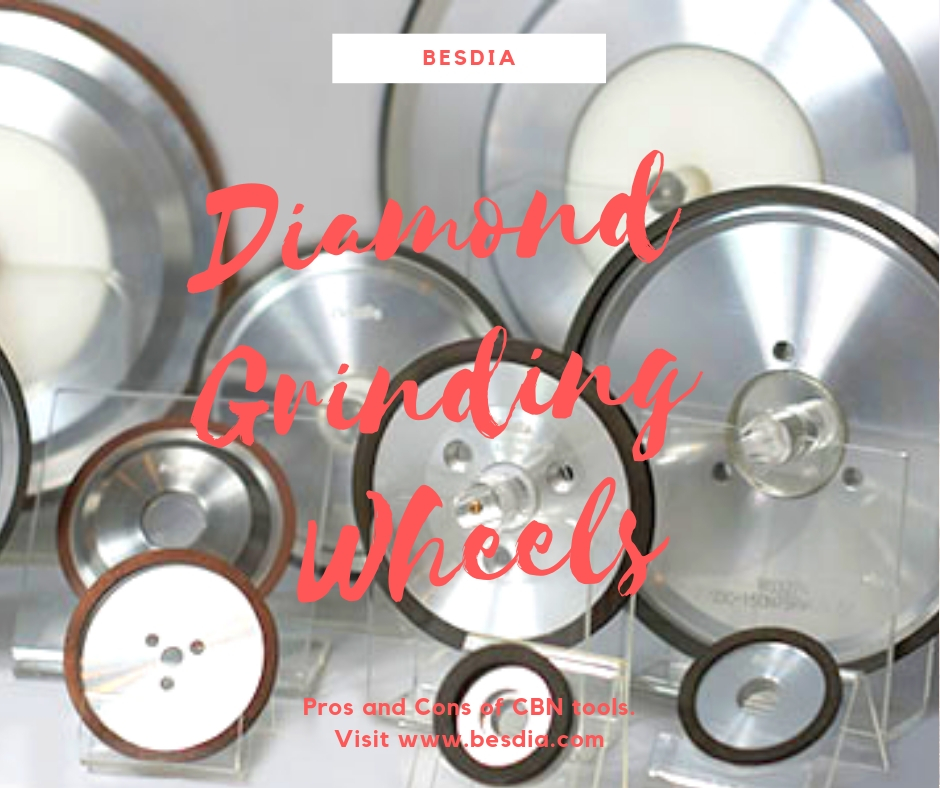What is a Laser Cutting Machine?
A laser cutting machine is a CNC laser machine that adopts CO2/Fiber laser source to cut metal and non-metal materials into different shapes. A laser cutting machine is equipped with laser cutting machine frame, laser generator, laser power supply, reflector path, laser cutting head, control panel, water chiller and CNC (Computer Numerical Control) system.
A laser cutting machine is also called as laser cutting system, laser cutting equipment, laser cutter, laser cutter machine, laser cut machine, laser cutting tool.
Laser Cutting Machine Applications
Laser cutting machines are widely used in industrial manufacturing applications, school education, small businesses, home business, small shop, home shop and hobbyists.
Laser cutting machines with fiber laser source are mainly used for cutting metal materials (metal sheets, metal plates, round or square metal tubes/pipes) of carbon steel, stainless steel, aluminum, copper, gold, alloy, iron, etc. Laser cutting machines with CO2 laser source are mainly used for cutting thin metal and non-metal materials of wood, acrylic, leather, fabric, paper, foam, glass, etc.
Advantages of CNC Laser Cutting Services
CNC laser cutting machine compared to other laser cutting machines, it has unique features and advantages. Let’s take a look at the advantages of fiber laser cutting machine.
- CNC laser electrical to optical conversion efficiency is high, conversion efficiency of more than 30%, the small power fiber lasers without to be equipped with chiller, air-cooled, greatly reduce the power consumption, save operation cost, and achieve the highest production efficiency.
- The operation of the laser only requires power, no need to generate additional gas laser, with the lowest operating and maintenance costs.
- CNC laser by semiconductor module and the redundancy design, resonant cavity free optical lens, does not require bootstrap time, with adjustment free, maintenance free, the advantages of high stability, reduce the cost of Spare parts and maintenance time, which is unmatched by traditional laser.
- CNC laser output wavelength of 1.064 microns is 1 / 10 of the CO2 wavelength, the output beam quality, high power density, is very conducive to the absorption of the metal material, has excellent cutting and welding ability, so that the least cost of processing.
- The whole optical routing optical fiber transmission, does not need the complex mirror and so on the light guiding system, the light path is simple, the structure is stable, the outside light road maintenance free.
- The cutting head contains a protective lens, the focusing mirror and other precious consumable little consumption.
- The light through the optical fiber are derived, the design of mechanical system is very simple and very easy to work with the robot or multidimensional integration.
- After a gate coupled with laser multi machine, light through the optical fiber, divided into multi Taiwan work at the same time, the function is easy to expand, upgrade convenient and simple.
- CNC laser has the advantages of small size, light weight, position mobile, small area.
If you have requirement of quality and efficiency CNC metal laser cutters, I can recommend you to visit Tailift Co., Ltd. – their laser cutting machines are famous in worldwide. Tailift offers to clients a wide range of laser cutting equipment and these laser cutters are designed for a variety of metal working applications. Today, contact with Tailift for more details!
Article Source:
https://www.stylecnc.com/products/laser-cutting-machine.html
https://www.quora.com/What-are-advantages-of-CNC-laser-cutting-services

